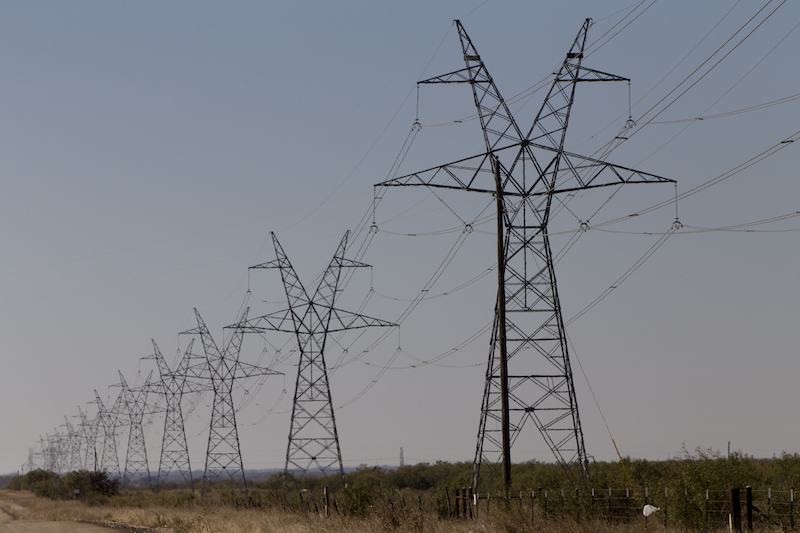After Texas hit “Energy Emergency Alert 2” only halfway through a three-hour call for conservation on Wednesday evening, the state’s power grid returned to “normal conditions.”
The Electric Reliability Council of Texas’ conservation appeal period was set to finish at 9 p.m., and according to ERCOT’s dashboard, there was enough electricity to meet demand at that time.
The Public Utility Commission of Texas and ERCOT earlier in the day disclosed that forecasting anticipated potential emergency operations during the evening.
“Continued high temperatures, high demand, low wind, and declining solar power generation will result in anticipated low operating reserves for the Texas power grid this evening,” Texas’ Public Utility Commission made a statement.
ERCOT’s grid conditions metre at 7:35 p.m. showed committed capacity at 78,634 megawatts and a demand of 76,698 megawatts, indicating that Texas was less than 2,000 megawatts away from demand exceeding supply. This highlighted how dangerously near demand was to the supply capacity.
Energy Emergency Alerts are described by ERCOT.
Energy Emergency Alerts (EEAs) come in three levels, and ERCOT starts emergency operations when system reserves are low. For the sake of preserving the dependability of the electric system, these levels offer access to extra power sources that are only available in emergency situations. ERCOT does not anticipate calling for controlled power outages that would impact all customer classes, including residential, commercial, and industrial, when it enters emergency operations. When ERCOT enters emergency operations, it has access to larger power reserves, which helps mitigate power outages.
When ERCOT’s operating reserves fall below 1,750 MWs and a 30-minute recovery is not anticipated, an EEA 2 is issued. Although they have not yet been requested, controlled outages may become essential if demand is not reduced or if additional supply from generators cannot be added.


